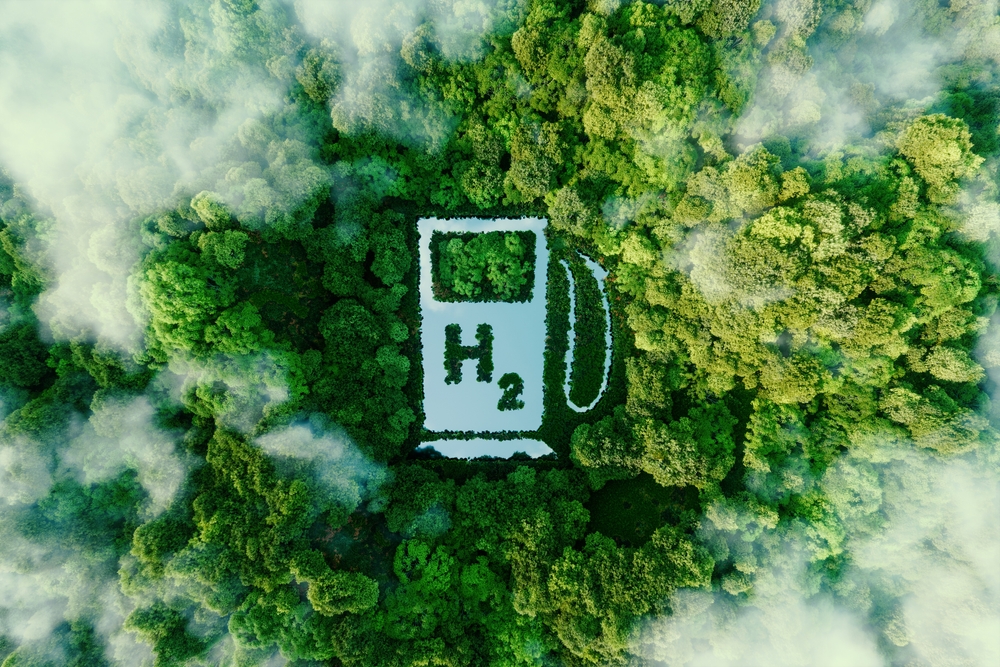DIY fuel system checks: simple inspections homeowners can do
Homeowners who rely on liquid fuels can reduce risks and maintain comfort by performing basic, regular inspections. This short guide outlines straightforward, safe checks for fuel tanks, delivery points, storage conditions, and simple efficiency and safety cues anyone can verify without specialist tools. These steps support upkeep between professional service visits.

Home fuel systems — whether using kerosene, diesel-based heating oil, or blended fuels — benefit from regular visual checks and simple tests. Regular homeowner inspections can spot leaks, condensation, or delivery issues early, protecting property and reducing unexpected downtime. Safety is paramount: always prioritize ventilation, avoid open flames during inspections, and call a professional for any sign of structural tank damage, strong fuel odors, or suspected contamination.
Fuel and kerosene basics
Start by identifying the fuel type in your tank and any manufacturer guidance on handling. Kerosene and heating oil perform differently: kerosene remains more stable in some storage conditions, while heavier heating oils can promote microbial growth if water is present. Look for separation layers, cloudiness, or unusual sludge on the tank gauge sight glass or in a sample. Note the last delivery date and recent consumption; sudden drops in supply can indicate leaks or bypassing lines. Understanding the fuel you use helps when you discuss supply, quality, and maintenance with your provider.
Storage and delivery inspections
Inspect external storage tanks and piping for corrosion, dents, wet patches, or pooling around the base that could indicate seepage. Check the fill cap and vent for proper seating and for any blockages from debris, insects, or snow. Verify delivery access points are clear and labeled so drivers can safely top off without driving over fragile ground. If you have an aboveground tank, ensure it is anchored and on a stable base; for buried tanks watch for unexplained dips or soggy ground. Keep delivery details (last delivery date, quantity) recorded to monitor supply and detect discrepancies.
Safety and emissions checks
Look for strong fuel odors around the tank, burner, or flue; persistent smells signal leaks or combustion problems needing immediate attention. Inspect ducts and vents for obstructions and check the burner area for soot buildup, which can increase emissions and indicate inefficient combustion. Check carbon monoxide alarms and smoke detectors near the heating area, and replace batteries regularly. Minor soot or smell issues can sometimes be managed by cleaning accessible components, but any suspicion of leak, persistent CO alarm activation, or visible smoke should prompt a professional inspection without delay.
Efficiency, insulation and maintenance
Routine maintenance supports efficiency: confirm insulation around pipes and tanks is intact to reduce heat loss and condensation, and look at the burner flame (when safe and trained) for steady blue coloring rather than orange or flickering, which signals inefficiency. Keep the area around the tank and furnace clean and free of clutter that could impede airflow or service access. Simple conservation steps — sealing drafts, adding insulation to vulnerable pipes, and scheduling seasonal tune-ups — reduce fuel use and emissions. Record maintenance dates and results to spot trends that affect efficiency.
| Product/Service | Provider | Cost Estimation |
|---|---|---|
| Home heating oil (delivery, per gallon) | Shell (regional availability) | US$3.00–5.00 per gallon (varies by region) |
| Home heating oil (delivery, per gallon) | BP (select markets) | US$3.00–5.50 per gallon (varies by region) |
| Home heating oil (delivery, per litre) | Irving Oil (Canada, NE US) | CA$0.80–1.60 per litre (varies by region) |
| Local independent fuel delivery | Local suppliers/co-ops | Typically comparable to national brands; bulk discounts vary |
Prices, rates, or cost estimates mentioned in this article are based on the latest available information but may change over time. Independent research is advised before making financial decisions.
Supply, price and conservation
Track regional supply and delivery forecasts and compare quotes from multiple suppliers to manage price and availability risks. Seasonal demand, weather forecasts, and local regulations influence price and supply stability. Conservation measures — such as lowering thermostat settings slightly, improving insulation, and scheduling regular burner tune-ups — reduce consumption and exposure to price swings. Keep an eye on storage levels and maintain a buffer supply in colder months to avoid emergency deliveries, which often come with surcharges.
Regulations and alternatives
Be aware of local regulations on fuel storage, spill prevention, and environmental reporting; requirements differ by jurisdiction and will affect inspection frequency and acceptable tank siting. Consider alternatives where feasible: high-efficiency burners, heat pumps, or biomass systems can reduce dependence on liquid fuels and lower emissions, though they require investment and possible permitting. When evaluating alternatives, factor in installation, running costs, and compatibility with your home’s insulation and distribution systems.
Conclusion
Simple, regular DIY inspections help homeowners catch early signs of leaks, contamination, or inefficiency in fuel systems, improving safety and extending equipment life. Combine visual checks of tanks, vents, and delivery points with basic efficiency and insulation reviews, and keep clear records of deliveries and maintenance. For any structural concerns, strong odors, or combustion and emissions problems, contact a qualified technician to ensure compliant, safe repairs and diagnostics.





